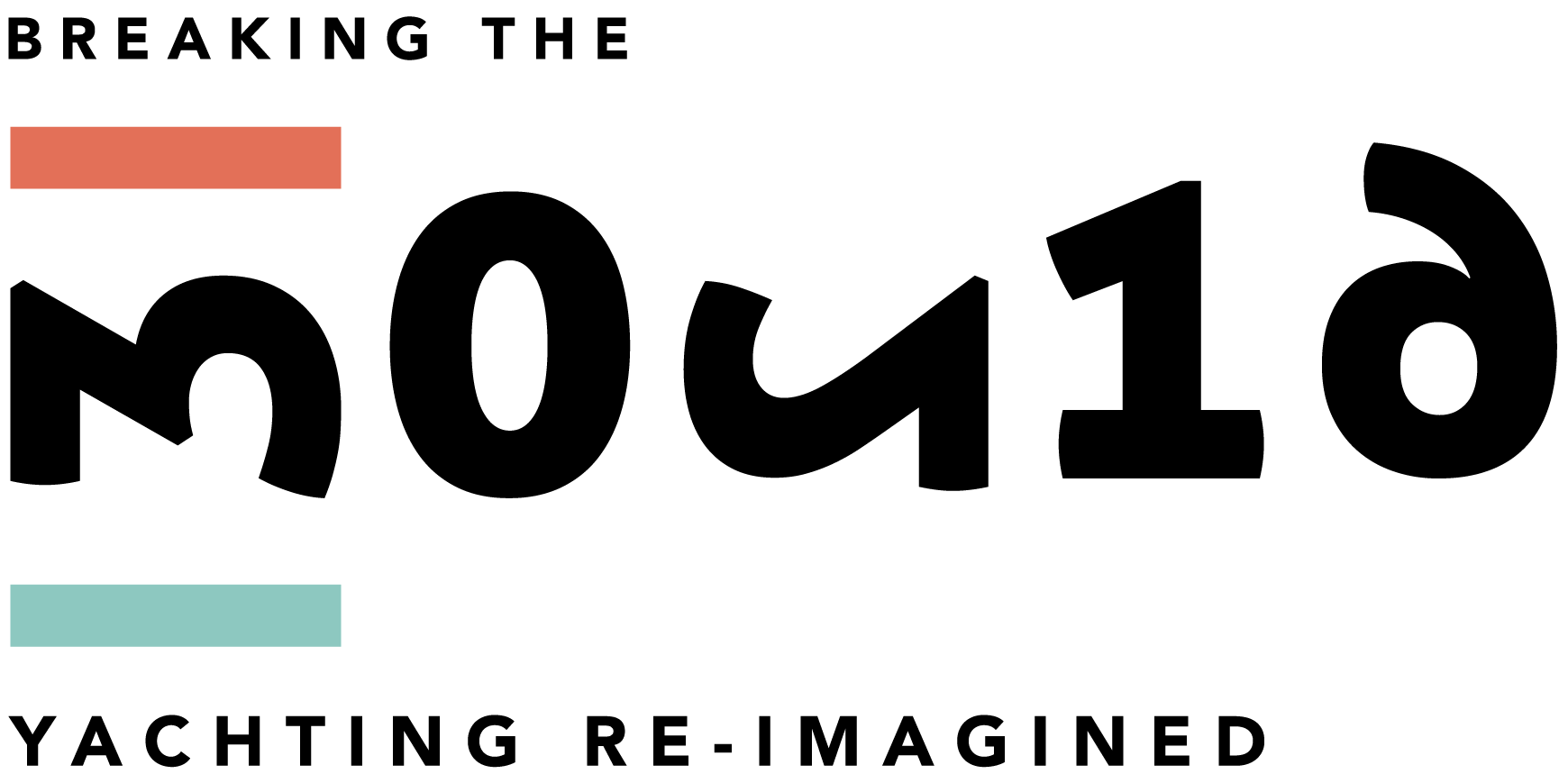The $18 Million Mistake: When Your Business Depends on You
In 2012, Jaclyn Johnson founded Create & Cultivate, a media company that educates and inspires women to succeed in business.
By 2018, Johnson had grown Create & Cultivate to eight employees when an acquirer offered her a staggering $40 million. Unfortunately, the deal was too good to be true. They pulled out when the acquirer discovered how dependent the business was on Johnson to succeed.
A few years later, Johnson signed an acquisition offer from Corridor Capital for $22 million. While still a lucrative deal, it was a significant decrease from the original offer.
Like Johnson, if your company becomes dependent on you, it may cost you. The most valuable companies don’t rely on the owner’s involvement to succeed. However, finding extraordinary talent to replace yourself can be challenging.
The Biggest Mistake Most Founders Make When Trying to Replace Themselves
Finding a general manager, second-in-command, or Chief Operating Officer to replace themselves is one of the most demanding projects founders may ever tackle.
Whether you rely on a recruiter, paid advertising, or your network to find candidates, a comprehensive review of their background is one of the first steps to shortlisting talent. That’s when many founders make the standard error of being bamboozled by a Fortune 500 name on a resume or LinkedIn profile. While a stint at a big company may be impressive, the skills held in high regard at a Fortune 500 company tend to differ from what most young companies need.
Big companies often have well-established processes, systems, and hierarchies that contribute to their success. People who thrive in big companies excel at winning within a predetermined framework. However, there is no framework to follow in a younger, scrappier start-up, so prominent company veterans often struggle in a more entrepreneurial environment.
Instead of hiring based on an impressive name on a resume, look for someone innovative, comfortable with chaos, action-oriented, and creative—someone with an entrepreneurial mindset.
Here are five strategies you can use to identify innovative candidates when making hiring decisions:
- Look for problem-solvers: Innovation often involves finding creative solutions to problems. Look for candidates who have demonstrated the ability to think strategically and devise innovative solutions to challenges they have faced in the past.
- Ask about their approach to problem-solving: During the interview, ask candidates to describe their approach to problem-solving and how they have produced innovative solutions in the past. This will give you insight into their thought processes and willingness to take risks and think creatively.
- Evaluate their learning agility: Innovative employees are often open to learning and adaptable. Look for candidates with a history of taking on new challenges and learning new skills.
- Assess their ability to work in teams: Innovation often involves collaboration, so look for candidates who have demonstrated the ability to work effectively in teams. Ask about their past experiences working in teams and how they have contributed to the success of those teams.
- Consider their creativity: Look for candidates with a creative portfolio or who have pursued creative hobbies or projects outside of work. This can be a good indicator of their potential to bring new and innovative ideas to your organization.
Your company probably relies on you for a healthy dose of creativity and innovation, but if your goal is to replace yourself, following these five strategies can increase your chances of identifying innovative candidates to bring fresh thinking and creativity to your organization.
Download Your eBook - The Rainmakers Dilemma.



.jpg)

%20(40).jpg)